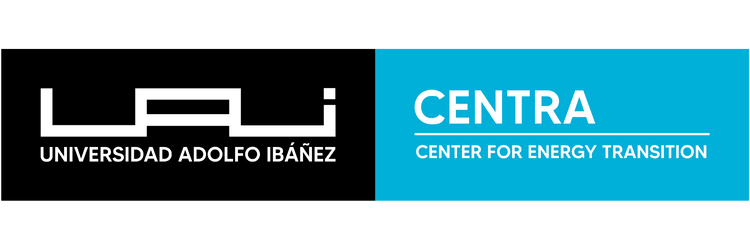
“Thermochromic Antennas” Created for Smart Materials to Enhance Energy Efficiency
January 2, 2025
These smart materials enable the regulation of radiative cooling in response to temperature changes between day and night or between winter and summer. The study employs tiny crystals, referred to as “thermochromic antennas,” which can adjust their thermal emissivity based on ambient temperature. These crystals can be incorporated into paints, roofs, clothing, and other materials, offering a flexible and adaptable solution.
An innovative study developed “thermochromic antennas” for smart materials capable of autonomously regulating radiative cooling in response to temperature fluctuations between day and night or across seasons. These antennas could have applications in paints, coatings, roofs, and even clothing, providing an effective solution for enhancing energy efficiency.
At the core of this development is the creation of thermochromic antennas—micro or nanocrystals that respond to temperature changes by significantly increasing radiation emission when it’s hot and reducing it when it’s cold. These low-cost, highly effective crystals are embedded in a flexible plastic film, granting the material “smart” properties.
Paints based on these crystals were also created for potential applications in buildings and vehicles. In both cases, the manufacturing process is low-cost and easily integrable with traditional plastic film and paint production methods, facilitating scalability for commercial use across various sectors. In the future, these crystals are expected to be used in plastic fibers to produce specialized clothing for mountaineers, athletes, and tactical divers.
Dr. Francisco Ramírez, lead author of the research and a professor at the Center for Energy Transition (CENTRA) at the Faculty of Engineering and Sciences of the Universidad Adolfo Ibáñez, collaborated on this project with researchers from University College London (UCL) and JAIN University. The results were published in the international journal Nature Communications.
According to Dr. Ramírez, “Today, air conditioning accounts for one-fifth of the energy consumption in buildings and nearly 3% of greenhouse gas emissions. These figures will continue to rise with climate change, making these antennas potentially key to reducing energy consumption in cooling and heating systems.” Just as the human body regulates its temperature, this development allows materials to adapt to their environment, maintaining a controlled temperature. “Radiative cooling paints and films available on the market can reduce air conditioning consumption by up to 40% on hot days. However, since they are not smart, they can excessively lower a house’s temperature at night or during cold periods. Our goal is to equip these materials with the ability to autonomously regulate the process, preventing overcooling,” he added.
Currently, the research team is working on extending the lifespan of the crystals by minimizing oxidation through encapsulation methods. They are also developing strategies to reduce the material’s solar radiation absorption and adjust its transition temperature to suit various industrial and extreme environments.
The study’s findings highlight the significance of this advancement in the field of engineering and applied science. “We are very proud of the results and the interest they have generated within the scientific community. There are no more than four publications on this topic in high-impact journals, placing Chile among the pioneers in the development of smart materials,” concluded Dr. Ramírez.
